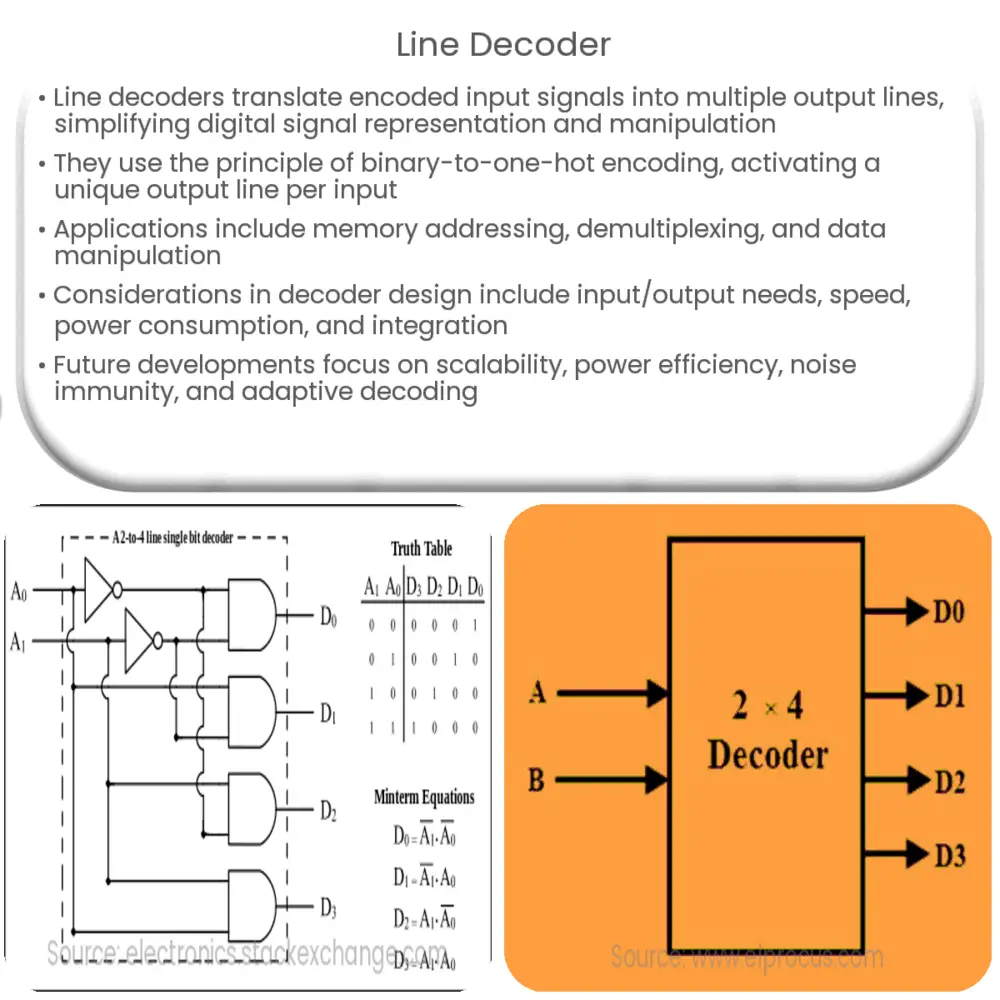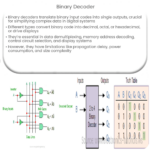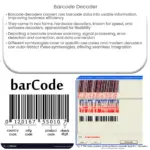A line decoder is a digital circuit that converts binary input into multiple output lines, simplifying signal representation and enabling efficient data manipulation in electronic systems.

Understanding Line Decoders: An Introduction
A line decoder is a digital circuit that plays a crucial role in the world of electronics. It translates an encoded input signal into multiple output lines, enabling various applications within communication systems, memory addressing, and data manipulation. This article aims to provide a comprehensive overview of line decoders, their functions, and the benefits they offer in electronic systems.
What is a Line Decoder?
A line decoder is a combinational logic circuit that takes a binary input and converts it into a specific output pattern, where each output line corresponds to a unique combination of input lines. The main purpose of a line decoder is to simplify the representation and manipulation of digital signals by reducing the number of required wires or connections.
The number of output lines is determined by the number of input lines, with the relationship being given as 2n, where ‘n’ represents the number of input lines. For example, a 3-to-8 line decoder has three input lines and eight output lines, meaning it can decode eight distinct binary codes.
How Does a Line Decoder Work?
The operation of a line decoder is based on the principle of binary-to-one-hot encoding. In binary encoding, only one output line is active (high) at a time, while the rest remain inactive (low). This one-hot encoding simplifies the control logic and minimizes the risk of errors during signal transmission and processing.
When an input binary code is applied to the decoder, the corresponding output line is activated based on the input code. This activation occurs as a result of internal logic gates, such as AND, OR, and NOT gates, which combine and process the input signals to generate the appropriate output. As the input code changes, the active output line also changes accordingly.
Applications of Line Decoders
Line decoders are widely used in a variety of electronic applications, such as:
- Memory Addressing: In computer systems, line decoders are used to generate unique memory addresses for accessing different locations in the memory. This allows the processor to read or write data from a specific memory location.
- Demultiplexing: Line decoders can be used as demultiplexers to distribute a single input signal to multiple output lines. This is particularly useful in communication systems, where a single data stream needs to be distributed to multiple devices or channels.
- Data Manipulation: In digital signal processing, line decoders can be employed to perform complex data manipulation tasks, such as converting serial data to parallel data or generating specific output patterns for controlling other digital circuits.
In conclusion, line decoders play a critical role in modern electronic systems by simplifying signal representation, reducing wiring complexity, and enabling efficient data manipulation. Understanding their functionality and applications can greatly benefit anyone working in the field of electronics or digital systems.
Types of Line Decoders
There are several types of line decoders, each with unique characteristics and specific applications. Some common types include:
- Binary Decoders: These decoders accept a binary input and produce a one-hot encoded output. They are the most common type of line decoders and are often used in memory addressing and demultiplexing applications.
- BCD-to-Decimal Decoders: These decoders accept a Binary-Coded Decimal (BCD) input and produce a decimal output. They are commonly used in digital displays and instrumentation systems.
- Priority Encoders: These decoders determine the highest priority input line that is active and produce a corresponding binary output. They are often used in interrupt handling and arbitration systems.
Design Considerations for Line Decoders
When designing or selecting a line decoder for a particular application, several factors should be considered:
- Input and Output Requirements: The number of input and output lines required for a specific application will dictate the type and size of the line decoder needed.
- Speed: The speed at which the decoder can process input signals and generate corresponding outputs is crucial, especially in high-speed digital systems. Faster decoders typically consume more power but provide quicker response times.
- Power Consumption: Minimizing power consumption is essential in battery-powered or energy-sensitive applications. Low-power decoders may sacrifice speed or functionality to conserve energy.
- Integration: Decoders can be integrated into larger digital systems, such as Application-Specific Integrated Circuits (ASICs) or Field-Programmable Gate Arrays (FPGAs), to reduce component count and improve overall system performance.
Challenges and Future Developments
As technology advances, line decoders face several challenges and potential areas for improvement:
- Scaling: As digital systems become more complex and require a greater number of input and output lines, designing efficient and compact line decoders becomes increasingly challenging.
- Power Efficiency: Continued improvements in power efficiency are necessary to meet the demands of modern electronic systems, especially for portable and battery-powered devices.
- Noise Immunity: Improved noise immunity is essential for maintaining accurate signal decoding in noisy environments or high-speed digital systems.
- Adaptive Decoding: Developing adaptive line decoders that can dynamically reconfigure their input-output relationships based on system requirements or environmental conditions could lead to more versatile and efficient digital systems.
In conclusion, line decoders play a critical role in modern electronic systems, providing simplified signal representation and efficient data manipulation. By understanding their functionality, applications, and design considerations, engineers and designers can make informed decisions when selecting or designing line decoders for their specific applications. As technology continues to advance, new developments and improvements in line decoding technology will undoubtedly emerge, providing even greater benefits and capabilities for electronic systems of the future.




